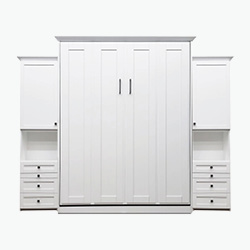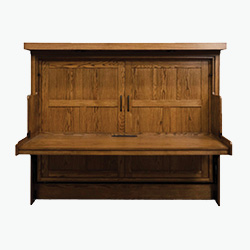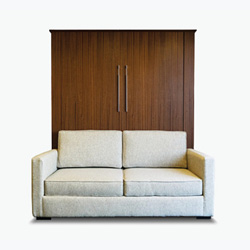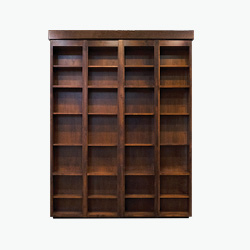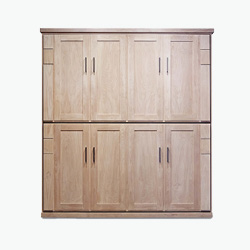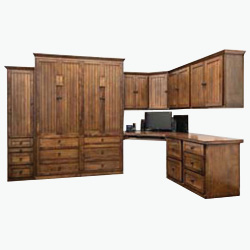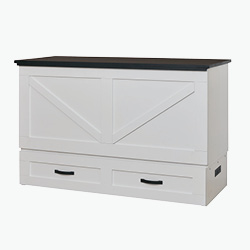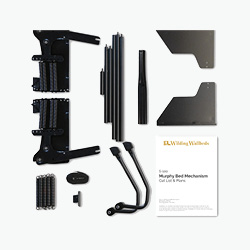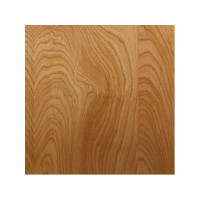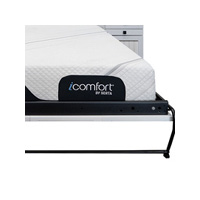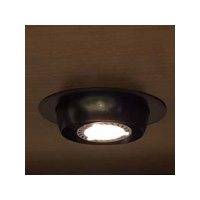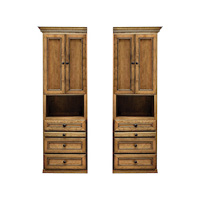
The Ultimate Furniture Classification Guide
A Definitive Guide to Commonly Misunderstood Furniture
Shopping for furniture can be overwhelming in so many ways. Price, color, material, size, style, etc., etc….so many options bombarding you at every turn! Additionally, not the least of these stressors is the confusion that often accompanies furniture selecting. Do you need a sideboard? A console? An armoire? A bureau? And on and on and on. So many terms, categories, and functional aspects to consider on top of everything else. It’s enough to make anyone give up and go home empty handed. So, which is which is which? Fear no longer, we’ve created the ultimate furniture guide to will help you determine which type of furniture you’re dealing with, what it is used for, and where it should go, in order for you to decide if you need it. Let’s demystify furniture area by area and prepare ourselves to shop with confidence!
Living Room
Let’s start off this guide with some easy ones, all typically housed in the living areas of the home.
Console table or sofa table
A console table is a very general term, but is usually a long, narrow table. It’s typically placed in an entryway or foyer, or sometimes, at the back of a sofa (though some then call it a sofa table). It is often a standalone piece of furniture which can serve storage and decorative purposes, though storage is usually not the main feature. A console table is the perfect piece for turning a blank wall into a cozy, welcoming scene. These tables are usually around the typical table or desk height and can be as long as you like, unless they are at a sofa back, in which case, be sure they’re not taller than your sofa or within a foot of your sofa’s length. Another unique option to spruce up a living room is a TV Lift Cabinet.
End Table vs Side Table
Though very similar, these two furniture types do have a main difference, and that is surface area. The side table typically exists at the edge or corner of a room, with enough surface space to display quite a few items. The end table, on the other hand, is a small table at the very end of a sofa or just next to a chair. They’re typically just large enough to conveniently hold a drink or remote.
Ottoman
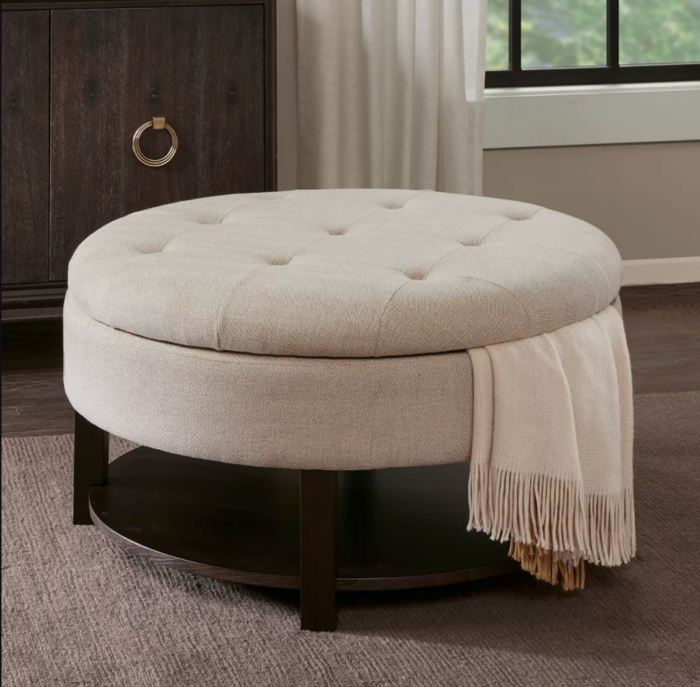
The ottoman is a great, multifunctional piece of furniture. Basically it’s a low, upholstered, cushioned piece of furniture with no back or arms. Simple enough! But as previously stated, it’s multifunctional: an ottoman can serve as a comfortable footrest, a unique coffee table, a simple side or end table, or even a unique extra seating option.
Dining room furniture
Dining room furniture is where it can get overwhelming! From credenzas to servers, these furniture items each have their own distinct uses and possess slight differences, but the terms are often used interchangeably. What they all have in common is that they are all (almost) exclusively used in the dining room.
Server
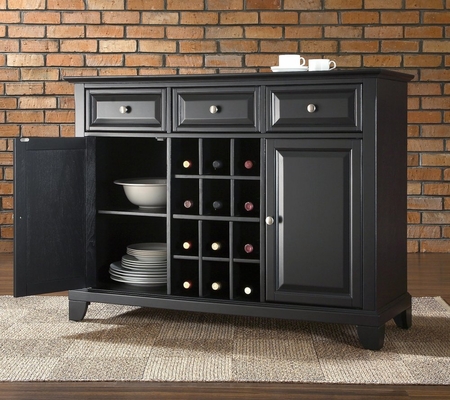
The server is very similar in look to a sofa table–a small, narrow table, which may or may not boast storage space below and usually has long legs. A server is the dining room version of a sofa table and, as the name suggests, was historically used for staging food before serving. For that reason storage is not usually the main feature. Servers are generally rather short in length, as well, and were often used for just desserts or appetizers.
Buffet
Think of the buffet as the dining furniture piece that is just a step up from the server. It’s larger, has more storage, is exclusively used in the dining room, and was also used originally for setting out food for serving. A buffet is also typically set atop long legs, but unlike the server, usually boasts cabinets or drawers for storage, sometimes with glass doors to display items.
Sideboard
The sideboard is a piece of furniture that is a little hard to categorize. It is usually used in the dining room, but may be used in other places as well. A sideboard is similar to a buffet, but its main feature and purpose is storage, storage, storage! Which is likely why it can be convenient in many areas of the home. It’s all about the vast cabinet space in a sideboard, which is set on very short or no legs as the cabinets go all the way to the ground. Think of a sideboard as being essentially portable kitchen cupboards. Such a functional piece of furniture!
Credenza
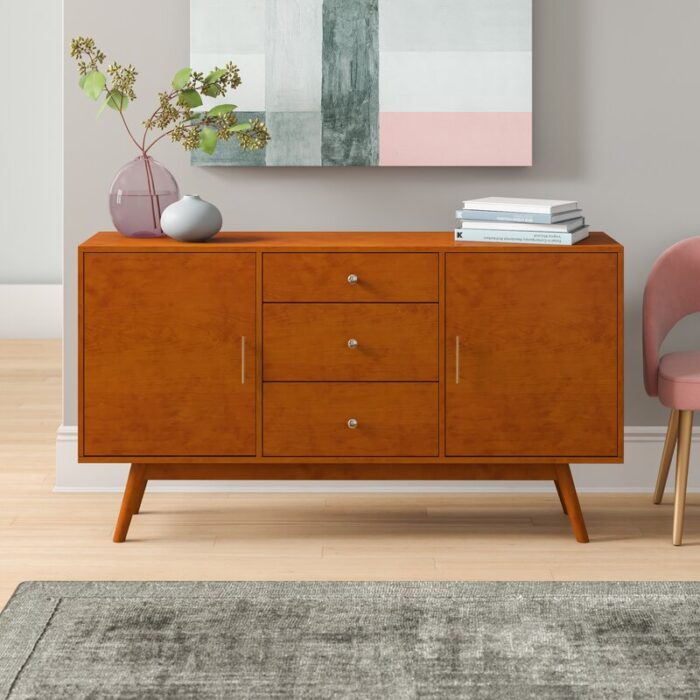
You won’t be surprised to hear that the credenza is very similar to both the buffet and sideboard (as well as the console table!). Credenzas are also low slung cabinets which live in the dining room and are always pushed up against a wall, but the defining feature of the credenza is sliding doors as opposed to drawers or doors. They typically feature short legs, unlike the buffet or server, and can also be found in many offices. Uniquely, the credenza was used historically for laying out the food needing to be tested for poison prior to being served to elite citizens.
Banquette
Last but not least, let’s cover the banquette, which is essentially a long, often upholstered bench. This item may be found in a dining room, but more likely, in more of a dining area, as they are convenient space-savers to employ when the dining room has been combined with another space like the kitchen or family room. A banquette can be freestanding or built in, but is normalyl pressed against a wall or into a corner.
Display furniture
Confused yet? Let’s move right along and delve into three of the taller furniture items, each uniquely used more so for displaying items than for storage: the china cabinet, curio cabinet, and hutch.
China Cabinet
As the name describes, china cabinets are used for displaying fine dishes. As such, it’s used exclusively in either the dining room or kitchen. These cabinets obviously feature glass cabinet doors, but are typically otherwise of solid wood construction all over.
Curio Cabinet
The curio cabinet, while very similar in look to a china cabinet, usually has glass doors as well as glass side panels. A curio is used to display any range of beautiful objects, dishes or otherwise, therefore curios may be used in any area of the home where you wish to display your precious items. The glass side panels the curio usually contains offer the ability to view your items from many angles, perfect for objects that are delicate and unlikely to be handled often.
Hutch
A hutch is a very nonspecific furniture designation. It really just means any cabinet set atop a lower unit of furniture. There may be a hutch on your desk in the office or your sideboard in the dining room. The hutch can consist of cabinets or shelves, and be used primarily for display or for storage. A hutch can fulfill any need!
Bedroom Furniture
Now let’s move into bedroom furniture specifications, which are equally historic and confusing! Though knowing the unique differences between each type of piece may indeed come in handy one day.
Wardrobe
Simply put, a wardrobe is just a piece of furniture that functions like an external closet. It can come in practically any size and shape, but if it stands upright and expands your closet space, you can call it a wardrobe! Think of the wardrobe as more of an umbrella term.
Armoire
An armoire is technically a member of the wardrobe family, but it can be used for non-clothing items, as well. Many people conceal TVs and speaker equipment conveniently in an armoire behind closed cabinet doors, which is a great way to curate a sophisticated bedroom space. Armoires are technically only comprised of doors and shelves, unlike their sister the chifferobe, which may contain drawers. They can also be larger than the average wardrobe as they were historically used for weapons storage, and are usually more ornate and stylistic, as well–a great way to add something special to your space!
Dresser
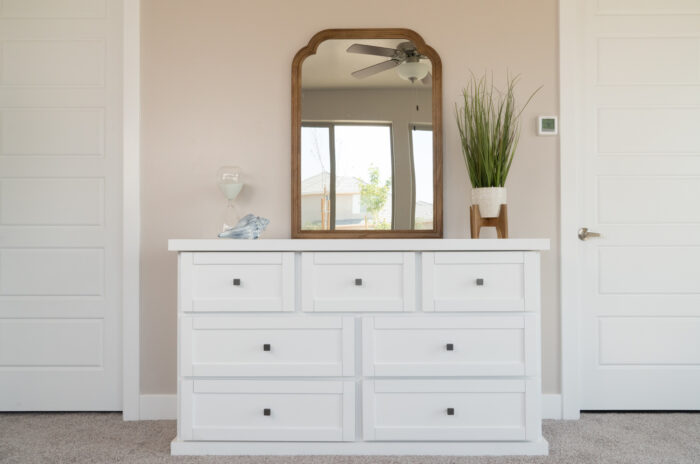
A dresser seems like a very straightforward piece of furniture, but there are some important distinctions to be aware of. “Dresser” is short for “dressing table,” and should be a small table of drawers, possibly with a mirror attached. This was also once referred to as a “lowboy” and would often contain makeup and hair accessories and be used for grooming and dressing. Lowboys are really any drawer-filled furniture piece that reaches about waist height with room above for a mirror, art, or TV.
Chest of Drawers
So what is the lowboy’s counterpart, or “highboy,” you ask? A chest of drawers, also referred to as a bureau. Called such because it is usually quite tall, perhaps six drawers stacked high, and is too tall to have an attached mirror. The highboy is not to be confused, however, with the “tallboy” which is very similar but has a wardrobe on top instead of being drawers-only like a chest of drawers.
Congratulations, you’ve made it through! And hopefully you now feel prepared to furniture shop free from intimidation and overwhelm (perhaps after reading through a few times!). Furniture, in its many, many varieties, is such a staple of our lives, serving us daily in form and function as well as style and beauty. As such, furniture shopping should be a straightforward and easy-to-tackle task, not the nightmare scenario so many of us seem to experience. Hopefully you are now armed with just enough furniture knowledge to increase the enjoyment and decrease the anxiety. Go forward and fill your space with just the right buffet or the perfect chifforobe and just maybe you’ll teach the salesmen a thing or two as well!
Wall bed and Murphy bed
Finally, what is the difference between a wall bed and a Murphy bed? This is such a great question that even many furniture builders do not know the difference. In fact, we have even come across other wall bed and Murphy bed manufacturers who struggle to identify the differences between these space-saving pieces of bedroom furniture. To be fair, it is not totally their fault. Since the Murphy bed was invented (by a man named William Lawrence Murphy) in the late 1800’s the two terms have converged to the point where they are almost synonymous at this point. However, there are typically still a few important differences.
Wall Bed
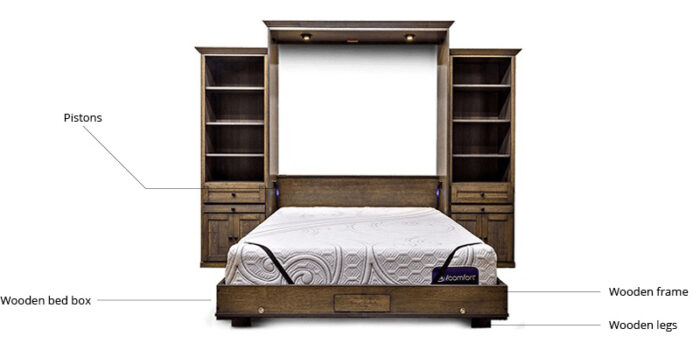
Murphy Bed
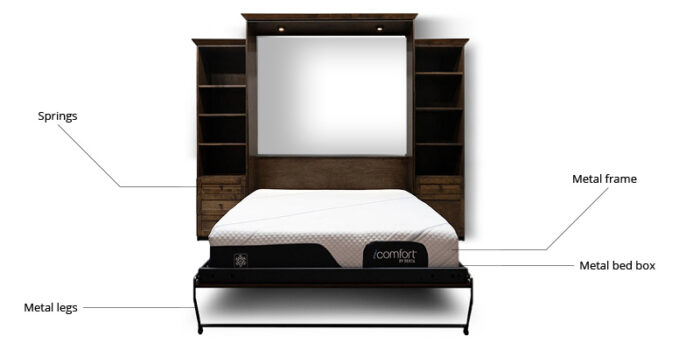
As can be seen above, wall beds rely on a wooden frame to fold the bed into a wooden cabinet. Murphy beds, on the other hand, are built on a metal frame that is powered with a series of springs. Additionally, Murphy beds can be build in a cabinet like the image above demonstrates, but they were originally designed to fold into an unused closet. Learn more about the origins and differences between Murphy beds and wall beds.
